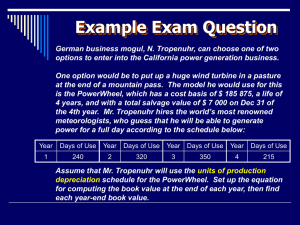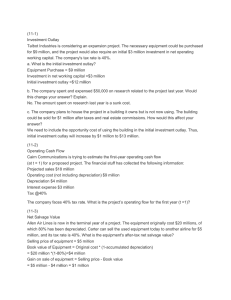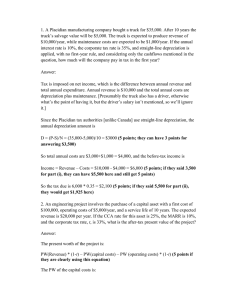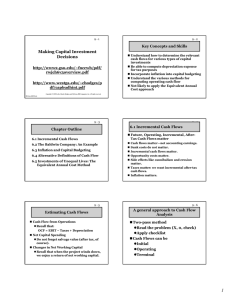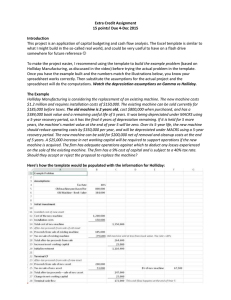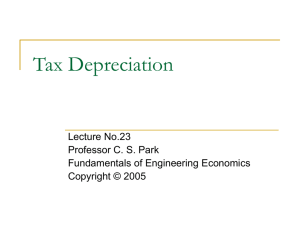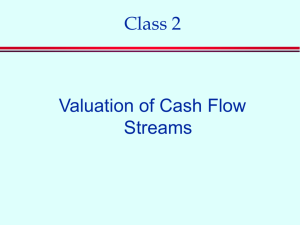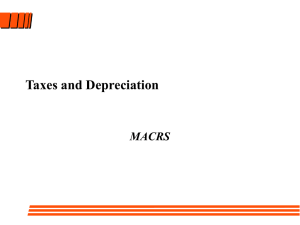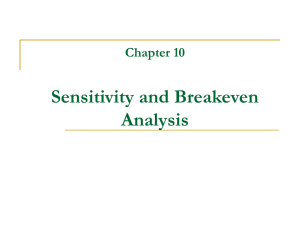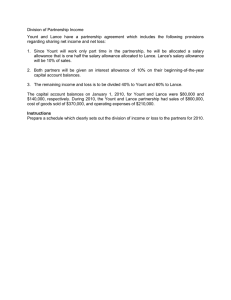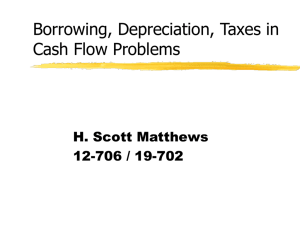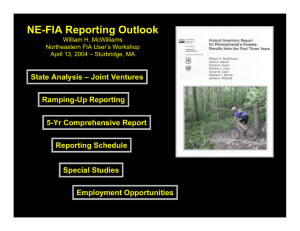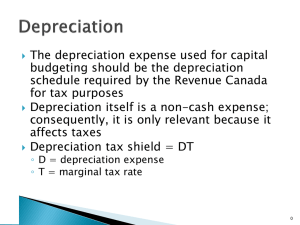EIN 6357 ADVANCED ENGINEERING ECONOMY
advertisement
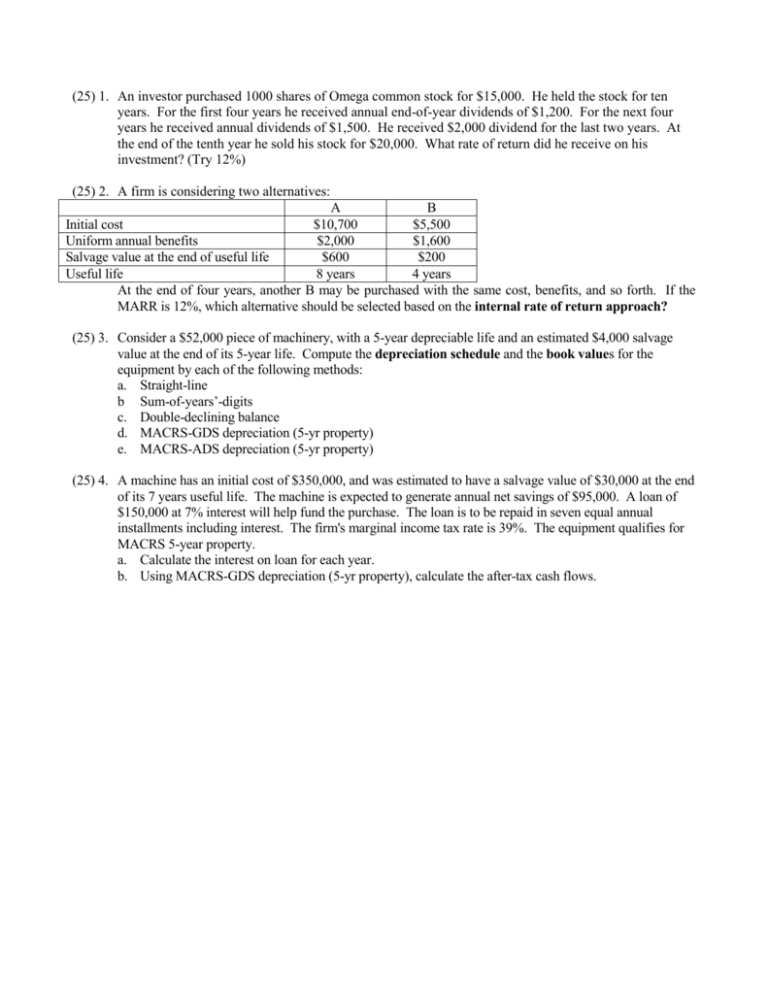
(25) 1. An investor purchased 1000 shares of Omega common stock for $15,000. He held the stock for ten years. For the first four years he received annual end-of-year dividends of $1,200. For the next four years he received annual dividends of $1,500. He received $2,000 dividend for the last two years. At the end of the tenth year he sold his stock for $20,000. What rate of return did he receive on his investment? (Try 12%) (25) 2. A firm is considering two alternatives: A B Initial cost $10,700 $5,500 Uniform annual benefits $2,000 $1,600 Salvage value at the end of useful life $600 $200 Useful life 8 years 4 years At the end of four years, another B may be purchased with the same cost, benefits, and so forth. If the MARR is 12%, which alternative should be selected based on the internal rate of return approach? (25) 3. Consider a $52,000 piece of machinery, with a 5-year depreciable life and an estimated $4,000 salvage value at the end of its 5-year life. Compute the depreciation schedule and the book values for the equipment by each of the following methods: a. Straight-line b Sum-of-years’-digits c. Double-declining balance d. MACRS-GDS depreciation (5-yr property) e. MACRS-ADS depreciation (5-yr property) (25) 4. A machine has an initial cost of $350,000, and was estimated to have a salvage value of $30,000 at the end of its 7 years useful life. The machine is expected to generate annual net savings of $95,000. A loan of $150,000 at 7% interest will help fund the purchase. The loan is to be repaid in seven equal annual installments including interest. The firm's marginal income tax rate is 39%. The equipment qualifies for MACRS 5-year property. a. Calculate the interest on loan for each year. b. Using MACRS-GDS depreciation (5-yr property), calculate the after-tax cash flows.

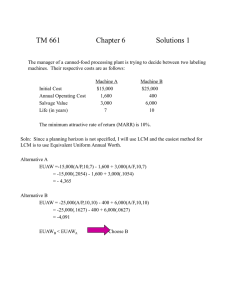




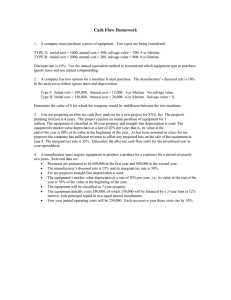
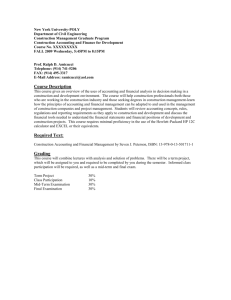
![Quiz chpt 10 11 Fall 2009[1]](http://s3.studylib.net/store/data/005849483_1-1498b7684848d5ceeaf2be2a433c27bf-300x300.png)
